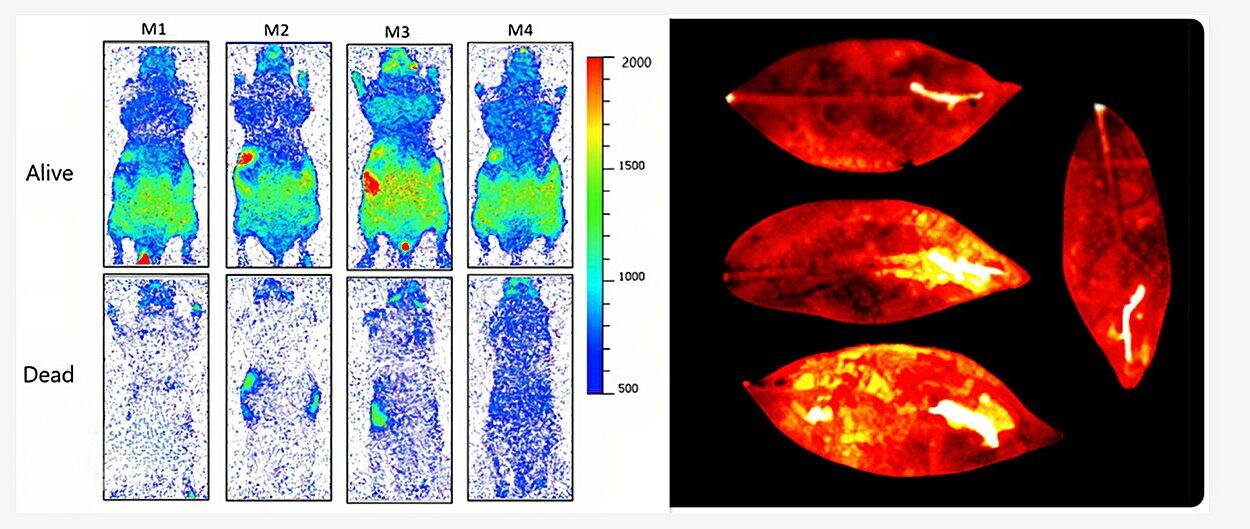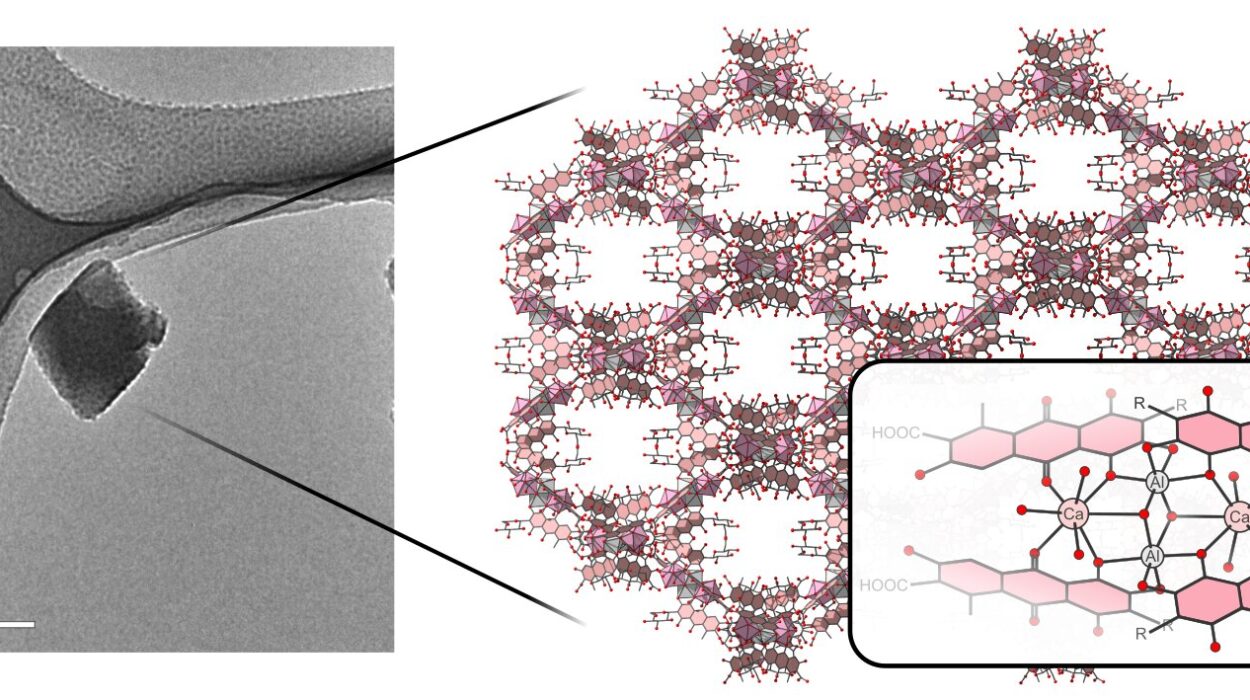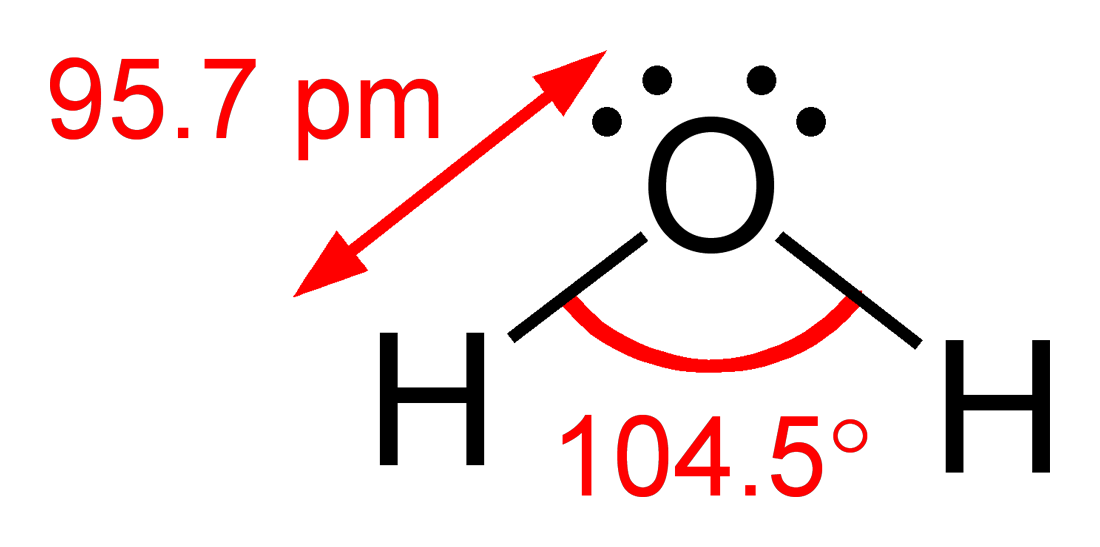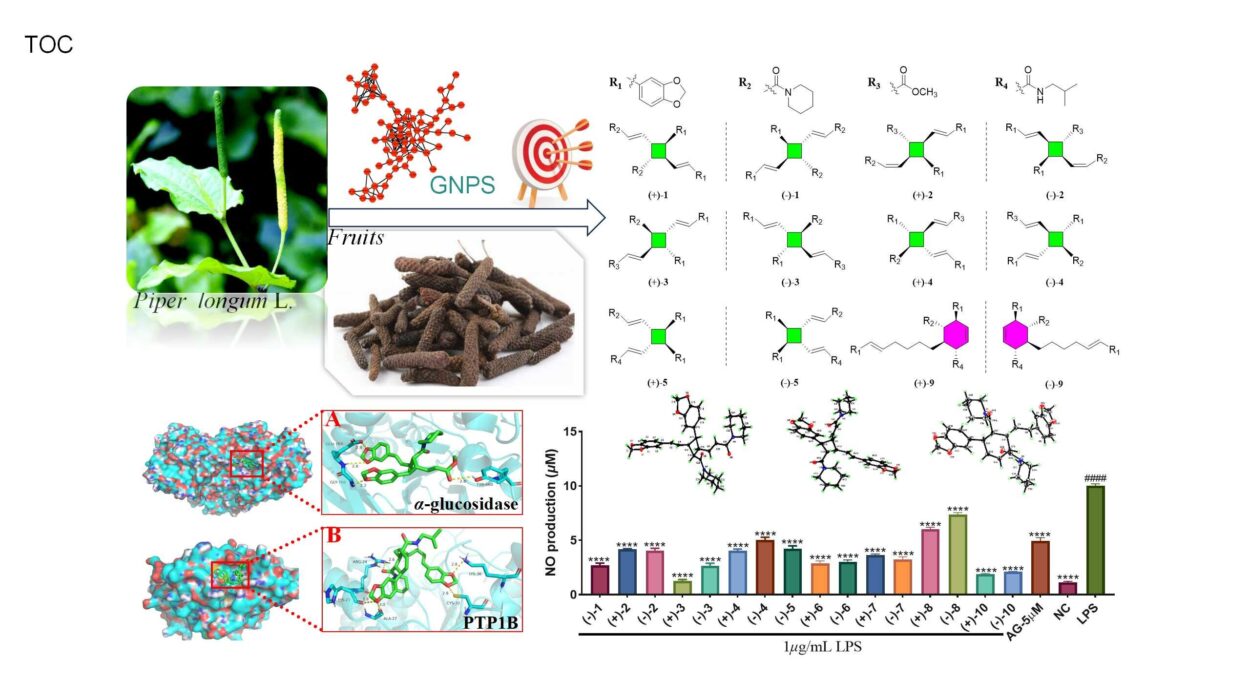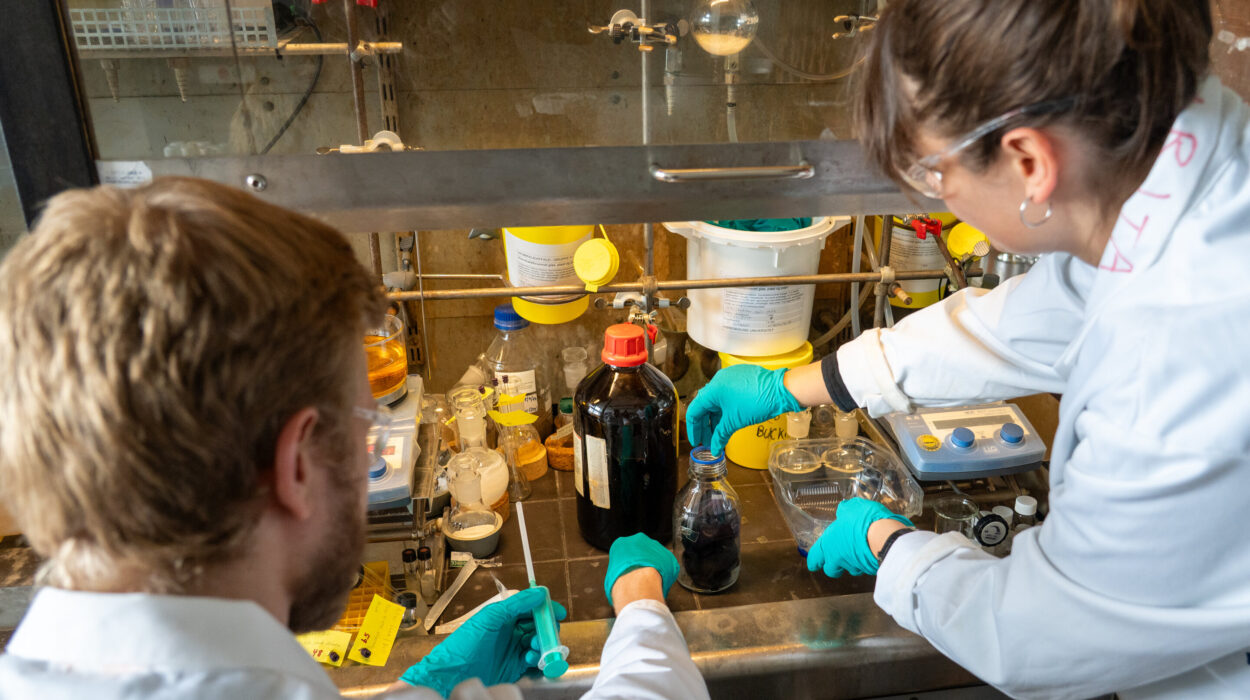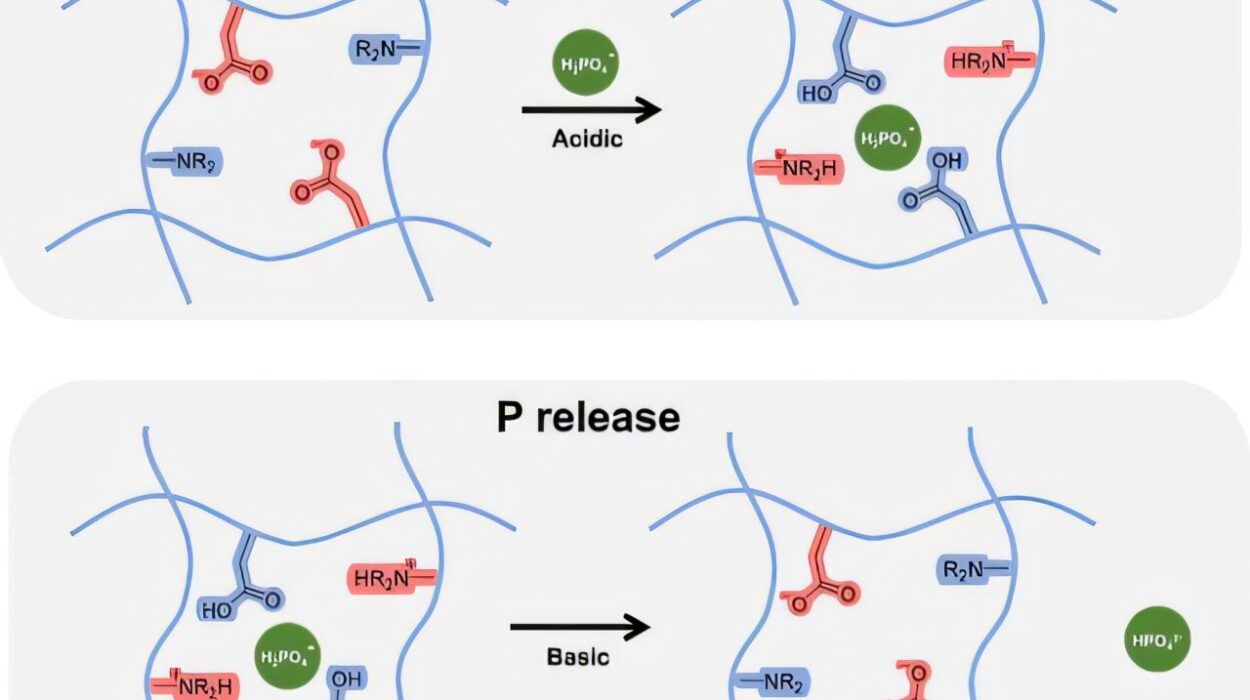For decades, one of the most persistent mysteries in theoretical chemistry has been how to accurately describe the faint yet fundamental forces that bind molecules together—the van der Waals forces. These subtle attractions are responsible for many familiar phenomena: the way geckos cling effortlessly to walls, the condensation of gases into liquids, and even the stability of complex biological systems. But despite their ubiquity, van der Waals forces have long eluded precise calculation. Now, scientists at TU Wien (Vienna University of Technology) have achieved a major breakthrough. They have developed a new computational method that predicts molecular forces with unprecedented accuracy, resolving a puzzle that has confounded chemists for years.
The discovery, published in Nature Communications, not only corrects long-standing errors in a method once considered the “gold standard” of quantum chemistry but also paves the way for advancements in material design, renewable energy, and drug development.
The Hidden Forces That Shape the World
Every object in the universe is held together by forces, from the gravitational pull that binds planets to the delicate molecular interactions that make matter behave the way it does. Among these interactions, van der Waals forces occupy a special place. They are weak compared to chemical bonds, yet they govern a surprising number of physical processes.
When a gecko walks up a wall, for instance, millions of tiny hairs on its feet—each just nanometers wide—come into close contact with the surface. The molecules in these hairs interact with the wall’s surface molecules through van der Waals attractions, creating enough collective force to support the animal’s weight. Similarly, the reason nitrogen gas condenses into a liquid at –196°C lies in these same weak molecular bonds.
Understanding such forces is crucial not only for explaining nature’s ingenuity but also for developing new technologies—from adhesives and nanomaterials to medicines and hydrogen storage systems. However, despite their importance, accurately computing van der Waals interactions has remained one of the most stubborn challenges in quantum chemistry.
The Long-Standing Mystery of Molecular Forces
For years, scientists have relied on sophisticated computer simulations to describe molecular interactions. Two of the most widely used methods are the quantum Monte Carlo approach and the coupled-cluster method. Both attempt to model how electrons—the tiny charged particles that govern chemical bonding—move and interact within and between molecules.
In the quantum Monte Carlo approach, computers simulate millions of possible electron arrangements, statistically determining the most energetically favorable configurations. This method is known for its high accuracy but is computationally expensive and difficult to scale for large systems.
The coupled-cluster method, on the other hand, is a mathematical powerhouse that approximates the behavior of electrons in molecules with remarkable precision and efficiency. It has long been considered the “gold standard” of computational chemistry—a trusted tool for predicting molecular properties.
Yet, despite its reputation, a subtle problem persisted. “When we compared coupled-cluster results with those from quantum Monte Carlo simulations, we noticed small but consistent discrepancies,” explained Tobias Schäfer, one of the study’s lead authors. “For years, no one could explain why the two methods didn’t fully agree.”
The Surprising Source of the Error
The research team at TU Wien—comprising Tobias Schäfer, Andreas Irmler, Alejandro Gallo, and Professor Andreas Grüneis—set out to investigate this puzzle systematically. They analyzed how both computational approaches handled the delicate balance of forces in large, highly polarizable molecules—systems where electrons are easily shifted by neighboring atoms or fields.
Their breakthrough came when they discovered that the coupled-cluster method systematically overestimated the binding energies in these large molecules. In other words, it predicted that the molecules were held together slightly too strongly.
“The error was subtle but significant,” said Irmler. “It meant that when applied to large molecular systems, the predictions became less reliable. The irony is that this was happening in the method everyone trusted most.”
To fix the problem, the researchers developed an improved variant of the coupled-cluster technique. This new approach corrects the overestimation without requiring massive increases in computational effort. When tested against quantum Monte Carlo results—the most accurate benchmarks available—the improved method produced nearly perfect agreement.
Understanding the Importance of Large Molecules
While small molecules are relatively easy to simulate, large molecular systems pose an enormous computational challenge. Molecules with dozens or even hundreds of atoms are central to modern chemistry, biology, and materials science. They include everything from protein structures in the human body to polymers, catalysts, and complex crystalline materials.
“If you want to describe molecules containing up to a hundred atoms, the computational cost skyrockets,” explained Alejandro Gallo. “Even the most powerful supercomputers in the world reach their limits. To make meaningful progress, we need methods that can simplify the problem without losing accuracy.”
Accurately capturing van der Waals interactions in such systems is essential. These forces determine how a drug molecule crystallizes inside a pill, how a polymer behaves under heat, and how materials store hydrogen for renewable energy applications. “If the calculations are off, even by a small margin, the predicted material properties could be wrong,” noted Schäfer. “Our correction ensures that scientists can trust their simulations again.”
Bridging Theory and Application
The implications of this discovery extend far beyond theoretical chemistry. Reliable simulations are critical for designing materials and molecules before they are synthesized in the lab. With this improved method, researchers can generate more accurate reference data for a wide range of applications.
Importantly, these data sets can also be used to train artificial intelligence models that predict molecular behavior. Machine learning is rapidly becoming a key tool in materials science and pharmaceutical research, allowing scientists to explore vast chemical spaces in search of optimal compounds. However, the accuracy of these AI models depends heavily on the quality of the underlying physical data.
“Our work builds a bridge between ultimate accuracy and practical usability,” said Professor Andreas Grüneis, who leads the research group at TU Wien’s Institute of Theoretical Physics. “By refining a well-established method, we’re ensuring that computational predictions can keep up with the demands of modern research.”
In this way, the discovery has a ripple effect: better theoretical foundations lead to more reliable simulations, which lead to smarter AI models, which in turn accelerate innovation in everything from renewable energy systems to new medications.
The Role of Quantum Chemistry in the Modern World
Quantum chemistry sits at the crossroads of physics, chemistry, and computer science. It aims to describe the behavior of matter at the atomic and molecular scale using the laws of quantum mechanics. This is a daunting task, as even a single molecule involves complex interactions among numerous electrons whose motions are deeply intertwined.
Over the decades, computational chemists have developed clever approximation methods to make these calculations feasible. The coupled-cluster method was one such triumph—it allowed scientists to reach high levels of precision without requiring impossible computational power. The discovery by TU Wien’s team shows that even the best methods must evolve as our understanding deepens.
“We’ve reached a point where small inaccuracies can have big consequences,” said Irmler. “As we start modeling larger and more complex systems, it becomes crucial to identify and eliminate these sources of error. Otherwise, the foundations of our simulations might not reflect the true physics.”
The Power of Reexamining the Familiar
One of the most striking aspects of this study is that the key to progress lay not in inventing something entirely new, but in reexamining what was already known. The coupled-cluster method has been trusted for decades, forming the backbone of countless scientific studies. Yet, as the TU Wien researchers demonstrated, even the most established theories must be tested and refined.
This process of questioning assumptions is central to scientific progress. It reflects the dynamic nature of research—where even long-accepted truths are open to revision in light of new evidence. “Science is a living process,” said Grüneis. “Our results show that established knowledge is not sacred; it can and should be improved when necessary.”
By challenging convention and diving deep into the details of their calculations, the TU Wien team not only solved a technical problem but also reminded the scientific community of the value of intellectual humility and curiosity.
From the Atomic Scale to the Global Challenge
Although the study deals with phenomena invisible to the naked eye, its implications reach into many pressing global challenges. The accurate modeling of molecular interactions is essential for developing sustainable materials, clean energy storage, and efficient chemical processes.
For instance, understanding how hydrogen binds to storage materials could help make hydrogen-based energy systems more viable. Similarly, predicting how molecules interact within catalysts could lead to greener industrial reactions that produce less waste. In pharmaceuticals, the ability to simulate drug crystallization or binding affinities with precision can shorten development times and improve effectiveness.
Each of these advances depends on one thing: getting the physics of molecular interactions right.
A Step Toward the Future of Chemistry
The new computational correction from TU Wien represents more than just an incremental improvement—it’s a paradigm shift in how scientists approach the calculation of molecular forces. By aligning theoretical predictions with experimental and Monte Carlo data, it establishes a stronger foundation for all future computational studies involving van der Waals interactions.
In an age when computers and algorithms increasingly drive discovery, accuracy is everything. With this advancement, the researchers have provided a tool that will allow science to move faster and more confidently. “We’re entering an era where simulation and experiment are equally important,” said Schäfer. “This work brings them one step closer together.”
The Continuing Quest for Understanding
While this achievement closes one chapter in the story of quantum chemistry, many others remain unwritten. Scientists are still grappling with how to model systems that include thousands or even millions of atoms—such as proteins, nanostructures, or complex materials. As computational power grows and algorithms improve, the dream of simulating these systems at quantum-level accuracy edges closer to reality.
For now, the TU Wien team’s discovery stands as a milestone—a reminder that even the smallest correction can have enormous consequences for science and technology. By resolving a long-standing discrepancy, they have not only deepened humanity’s understanding of molecular forces but also strengthened the bridge between theory and real-world application.
In the intricate dance of molecules, it often takes just a small adjustment to bring everything into harmony. Thanks to this breakthrough, that harmony is now a little clearer—and the universe, once again, makes a bit more sense.
More information: Tobias Schäfer et al, Understanding discrepancies in noncovalent interaction energies from wavefunction theories for large molecules, Nature Communications (2025). DOI: 10.1038/s41467-025-64104-8

